Tim Goodman and his buddy return to do (and solve) damage in our review of Detective Pikachu: The Return, very welcome ever
As for titles marginally linked to the brand, Detective Pikachu: The Return it is a “strange beast” to fit into one review. Normally, even spinoffs like Pokémon Ranger on DS years ago or the Mystery Dungeon series tend to integrate something of the basic formula that made the saga so successful in the nineties. In this case, though? The 2019 live action film also taught us this: we find ourselves in a corner of the Pokémon world where there is only coexistence between humans and bizarre creatures. No fighting; just a glimpse of what our world would be like, in some ways, if little monsters existed.
But as much as the game acts as a satellite to the rest of the IP, it is precisely the rest of the large family that benefits most from it. We rated Pokémon Shining Diamond and Shining Pearl with an eight out of ten in the context of ILCA’s rookie development of the titles, while we were a little less lenient with Pokémon Scarlet and Violet for which this rating could only be “political” ( not a 6, but it’s as if it were). There is no relevant context there. In this case, though? With fanservice rampant for long-time fans and, more importantly, a spartan but well-oiled gameplay formula, we can see this new release below a more flattering light.
The Crystal-Feathered Cramorant | Detective Pikachu: Returns review
The plot de The Return picks up exactly where the first Detective Pikachu on Nintendo 3DS left off, and it’s a point on which we won’t dwell too much during the review. The young university student Tim Goodman and the eponymous Pokémon carry out their work as investigators in their spare time, assisting the police Ryme City in investigations whenever a crime committed with the help of creatures arises. The case of the psychotropic substance R is closed, but following a ceremony held by the mayor it soon becomes clear that the criminal use of Pokémon has not yet ended.
There is no shortage of gems, from a delightful allusion to the aforementioned big screen adaptation at the end of the prologue to the clever use of the noir filter to implement cutscenes from the previous chapter in the incipit of the plot. However, We would prefer to keep spoilers to a minimum, given the effectively (and moderately, let’s be clear) detective nature of the game. Which is why the screenshots you find here have also been selected with a certain criterion. We can anticipate, however, that, like Pokémon Legends: Arceus before it, this title makes the player care more about the lives of the characters than the main series ever did.
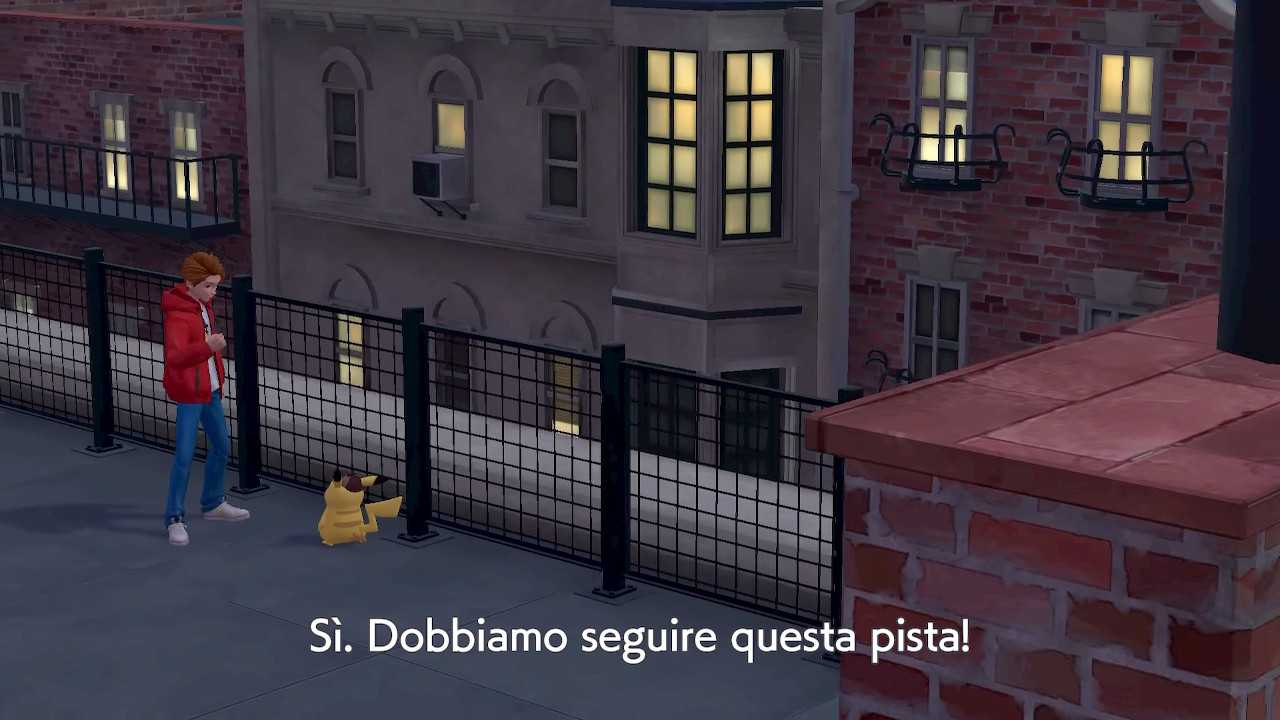
4 Gray Velvet Venonat | Detective Pikachu: Returns review
There isn’t much to say about the gameplay: it’s agraphic adventure. Although the genre has received the necessary benefits on Nintendo Switch (see what was said about Return to Monkey Island), there is necessarily a minimum of “woody” structure. In the game we will mainly move our character, with the (purely optional) option of accelerating its movements which reveals its nature of glorified cursor. We didn’t specifically say that we’re taking the reins from Tim Goodman specifically, for a reason that we’ll get into in more detail shortly. Overall, our avatar is little more than that: an avatar (barely).
Don’t get us wrong: just having dialogue would have been enough to make Tim Goodman interesting, but it’s clear that there was also someI commit by the developers. He and his nuclear family (or rather what remains of it, for reasons far removed from the dogmatic narrative simplicity of the Pokémon games) contribute to what is already an engaging cast in most of the jokes. But if we still talk about the plot even in the gameplay section it is precisely for highlight how much the former has priority over the latter, leaving little freedom for the player to explore. It all depends on our propensity to get lost in the narrative.
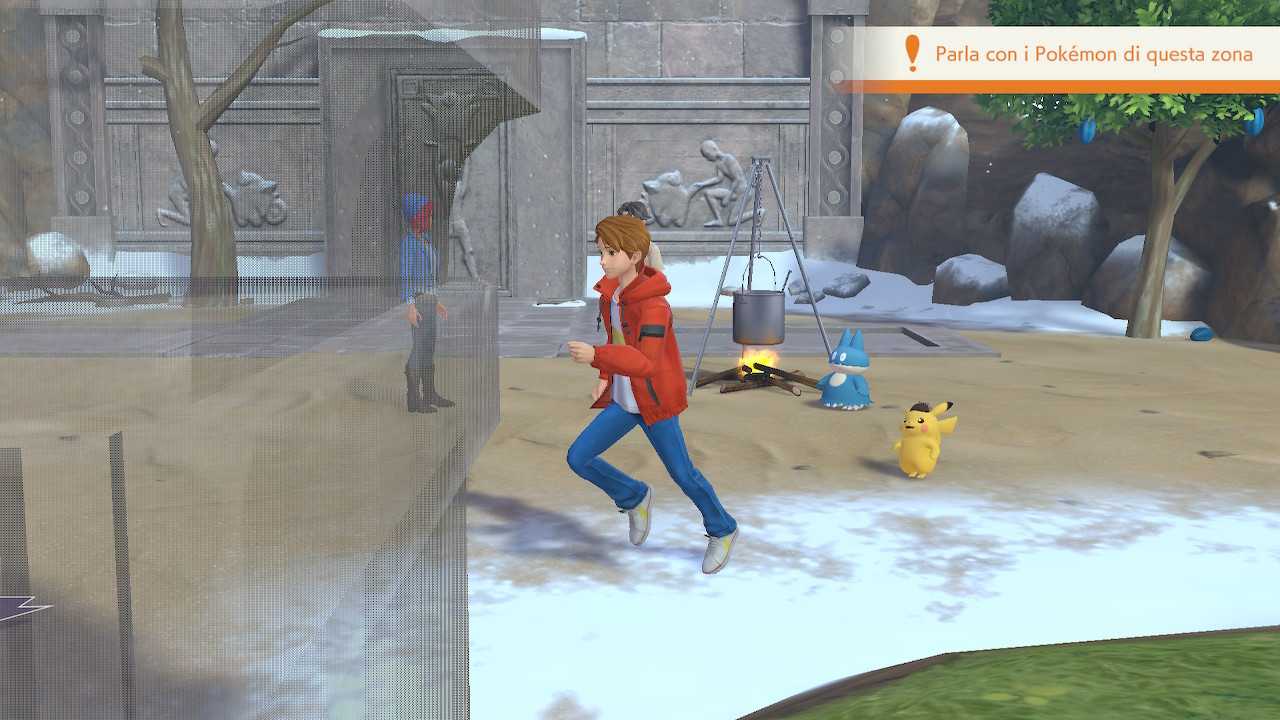
The Gengar of the Opera | Detective Pikachu: Returns review
As further testimony to the indissoluble symbiosis between gameplay and plot, the fact that Pikachu and Tim talk to each other dictates law both on dialogues and investigations. Just as humans and Pokémon can commit a crime in the same way, it is equally possible for Klefki to act as witnesses… sorry, key witnesses. As, while Tim takes care of the investigations on the human front, Pikachu acts as an interpreter for the various little monsters, translating what they say, giving their presence a decidedly different weight compared to what the brand has accustomed us to. The sentimental value of Pokémon has made the fortune of Pokémon HOME, but never like in this spinoff are the creatures equal to human beings.
Soon the game offers us to play as Pikachu himself. In this type of phases, the gameplay in the exploration phases changes radically, and the dialogues follow suit. Suddenly, Pokémon have lines that are perfectly understandable, although always placed in brackets. And the role of the little monsters as equivalents to the fauna of the real world, now placed in second if not third place by the main series, immediately proves fundamental in theexploration of the surrounding environment with associated analysis of the clues: Growlithe, like a little dog, can literally sniff out a trail, for example.
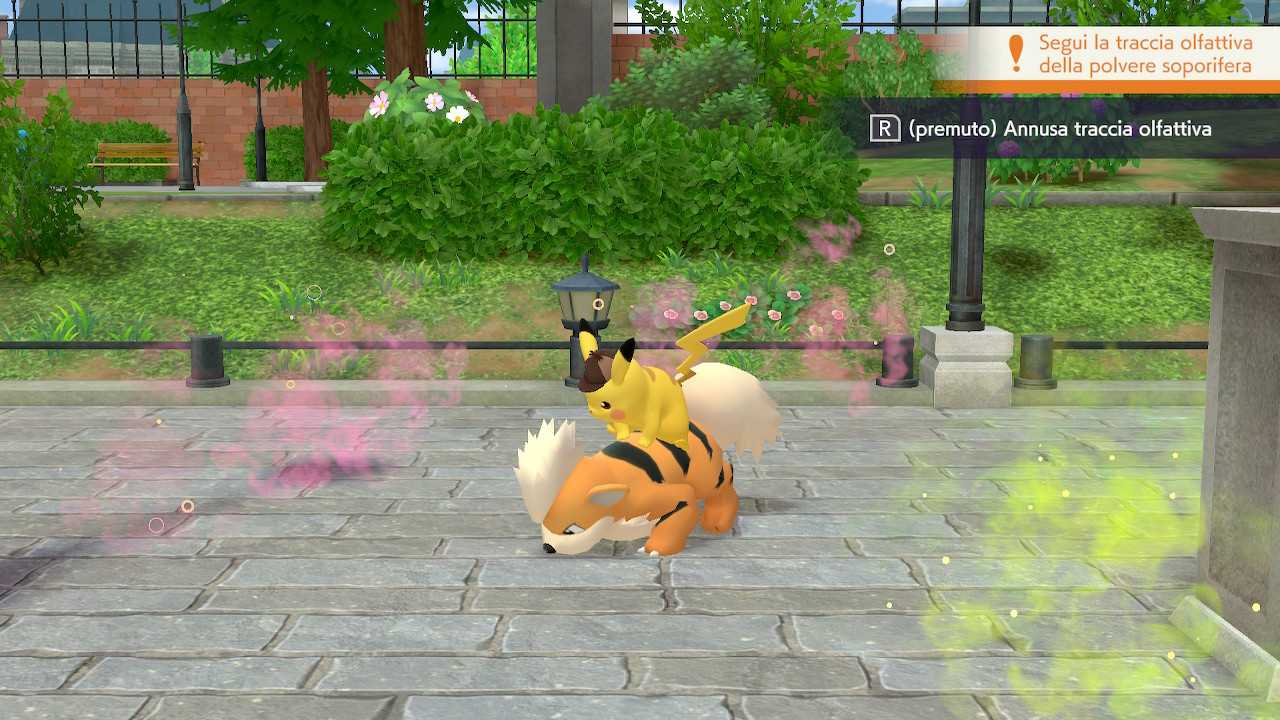
The papermaker | Detective Pikachu: Returns review
Halfway between inventory and reminder, the notebook collects all the evidence and any clues collected by the player. The latter is useful for taking stock of the situation, especially when and if you pick up the game again after a prolonged period of non-use. However, in this sense, the possibility of also being useful (for those who want a nudge in the right direction, clearly). see Pikachu with the directional cross. Whenever it is necessary to carry out the investigation with the accumulated evidence, it is up to the player to choose the correct option. Errors are not penalized, further demonstrating the one-sided narrative verve of the game, but the invitation to think is nice.
However, the role of the secondary notebook for the so-called “headaches”. That’s what the game dubs side quests, or situations to be resolved by the end of the chapter. Here too the duality between humans and Pokémon comes into play: both can provide us with tasks to carry out. However, this is something purely optional. However, if the problems are completed, it is the longevity of the game (which, being a graphic adventure, remains what it is) that benefits the most, although the only real tangible reward is the local newspaperwhich summarizes our (possible) exploits between one chapter and another.
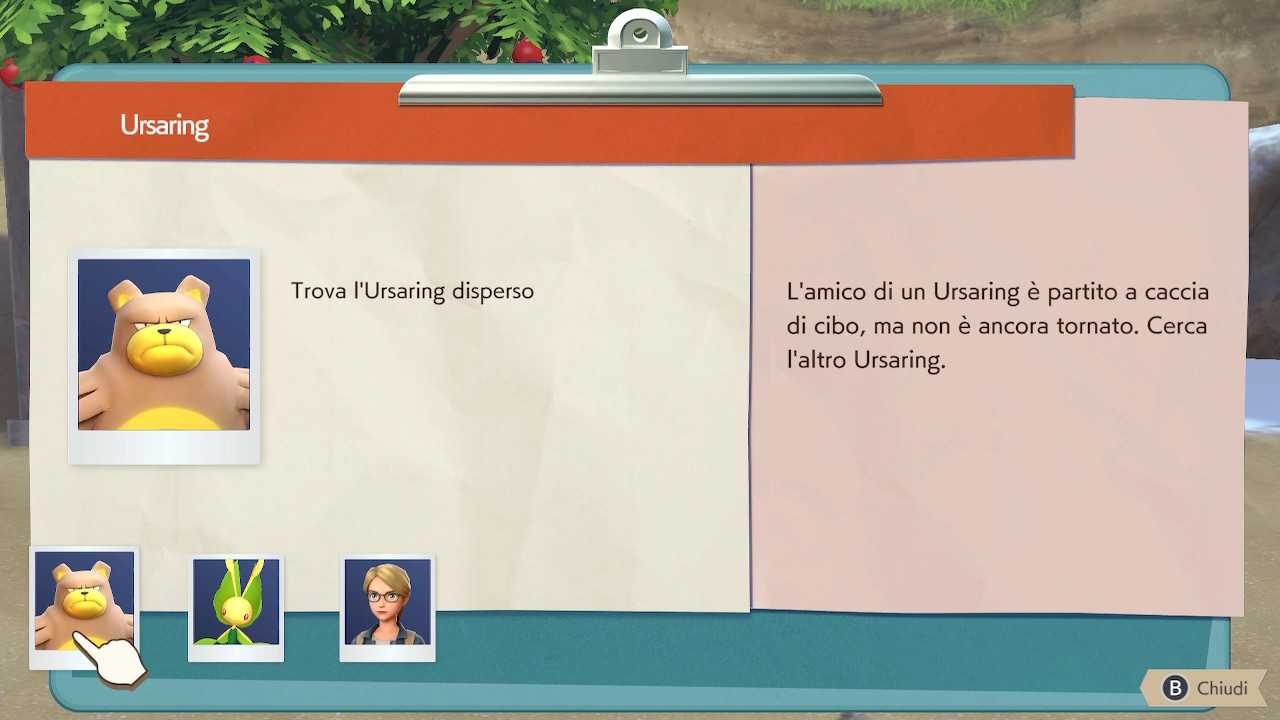
Three diabolical Unown | Detective Pikachu: Returns review
It goes without saying that evidence must be collected first. In this sense, the title can provide them to us during dialogues when a statement is highlighted in yellow, but from time to time it is also necessary carefully examine a crime scene. Or at least, talking about “crime” may seem excessive given the first lines of the game, but we just wanted to convey the idea (and see how much Ace Attorney had set a precedent). Again: the touch screen remains the best method to approach the genre, but also with the controller in hand (especially in the case of occasional quick-time event) experience does its job.
Once the case is over, it is necessary to keep in mind the conclusions drawn on the various fronts of the investigation, because it also happens that you have to make a real accusation. In this situation, the function of the ZL button comes in handy, before the game itself asks us clearly if we are sure we want to continue. We greatly appreciated how the game, despite deleting the oldest lines, keeps track of all the latest dialogues, including those of the dubbed cutscenes (which we will partially praise later). A way like any other, this, to remember the occasions in which a guilty person betrayed himself before even putting his hand back to the notebook.
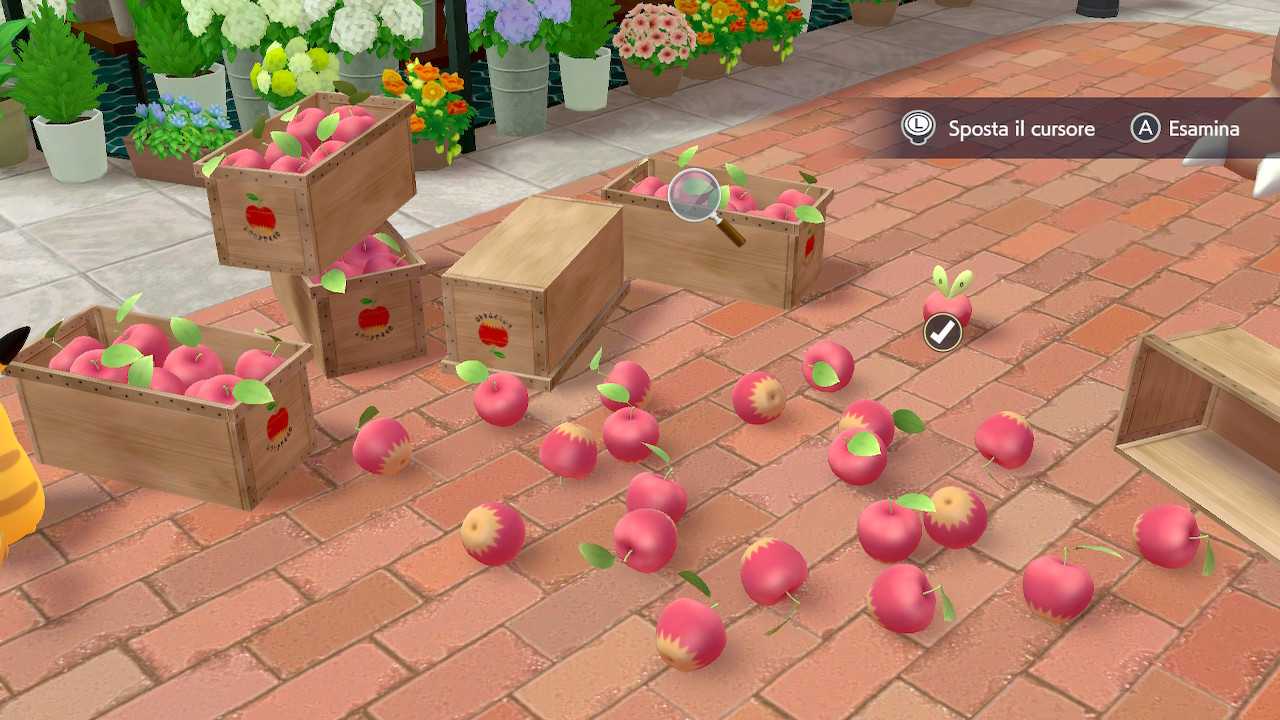
I have no DRM | Detective Pikachu: Returns review
By opting for manual saving, which can be recalled via a pause menu as spartan as the title screen, it is possible to notice a second set of slots for saves. That of Chapter Selection it is treated as a separate mode in all respects, which however is best touched only once the main story has concluded. In a similar way to Sonic Adventure 2, in fact, it is possible to select the starting point for each chapter (who remembers that “Where do you wanna start from?” from the SEGA platformer?) among those completed so far. But that’s where the similarities to the blue hedgehog’s approach to one-way linearity end, given what the modality entails.
The game itself, in fact, presents us with a colossal challenge spoiler alert once the relevant item has been selected. This is because the game, if we confirm that we want to continue, also allows us to play (from the beginning) the chapters not yet started. And you will agree with us, given that the very title of one of the chapters expressly talks about the turning point that takes place at the beginning of it (initials DP, for those who have played), that it is preferable not to spoil too many plot curveballs in this review. This is also why we opted for slightly less revealing screens, although there is no shortage of variety in terms of settings. We hope you will understand.
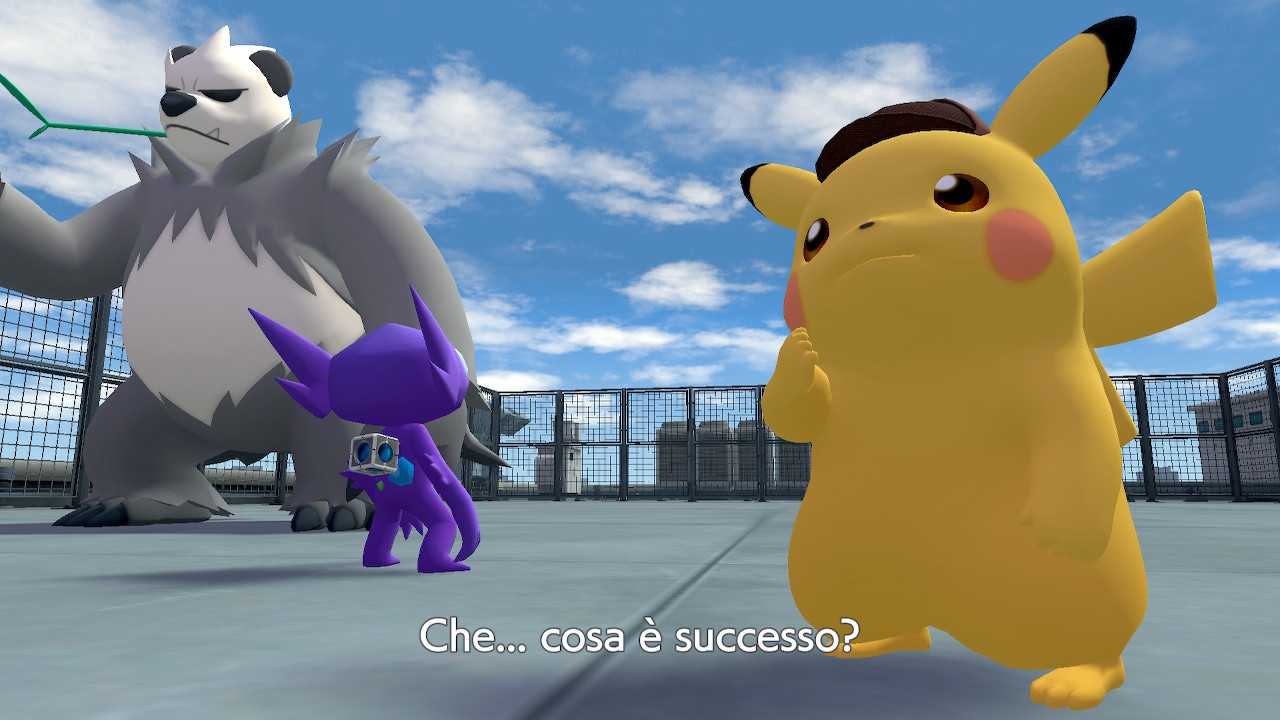
Rika Syndrome (Artist)! | Detective Pikachu: Returns review
All we have to do is evaluate the technical side of the title. Talking about thegraphic appearancereluctantly we have to say a couple of words about smudges which unfortunately the brand is getting us used to over the course of the latest titles. Let’s be clear: we are not faced with Paldea’s sieve, but in some close-ups it is evident that greater care has been taken in certain aspects to the detriment of others. The framerate is mostly stable, but the textures of some elements such as the floors or mountains are not at the levels of care reserved for the characters. For the rest, what is there makes a dignified impression and the Western influence can be seen in the artistic style, more modest and mature as in its predecessor.
We have very little to complain about, rather sonorous. The music they are good and, contrary to what we have seen in the brand’s recent releases, they do not act as a lifesaver for the shortcomings of the other aspects. What left us pleasantly surprised is rather the dubbing, of excellent workmanship despite the pauses (sometimes distracting due to their length) between one measure and another. As often happens in these cases, there is the possibility of choosing the language of the written text from a wide range of options, while for the dubbed lines the choice is between Japanese and English. And both manage to make a coffee-addicted Pikachu with pale cheeks and a baritone voice believable.
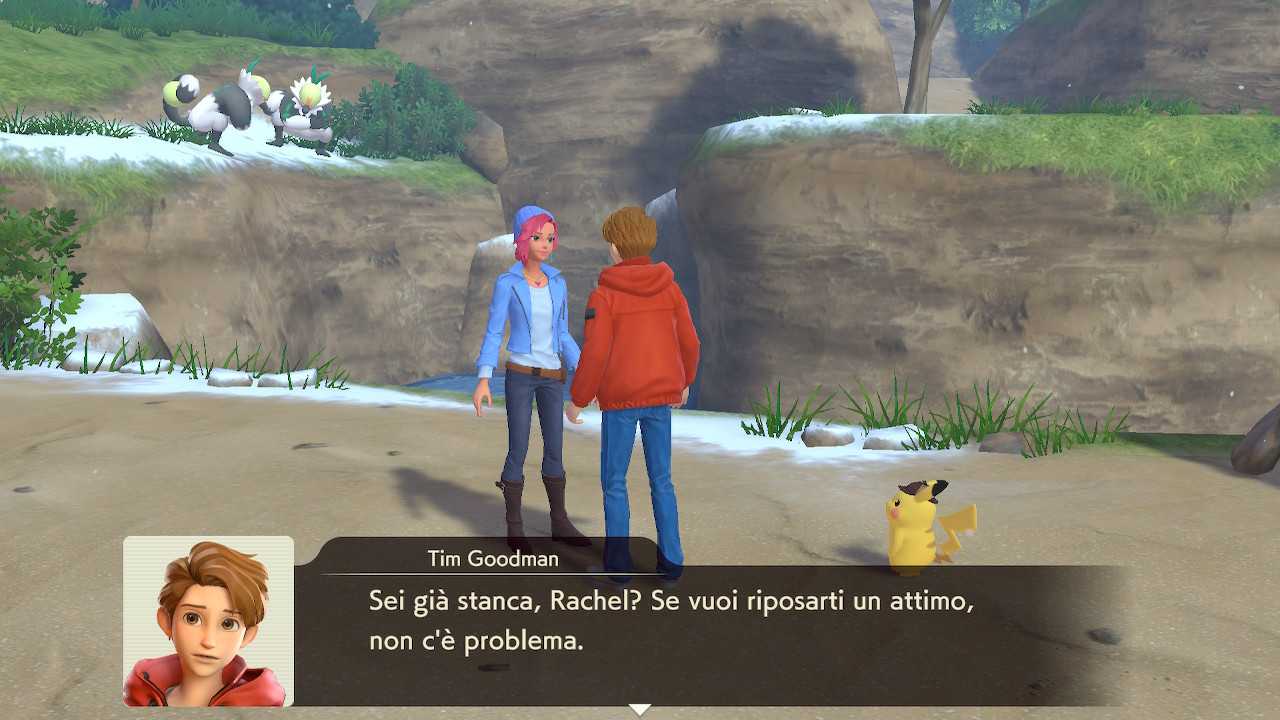






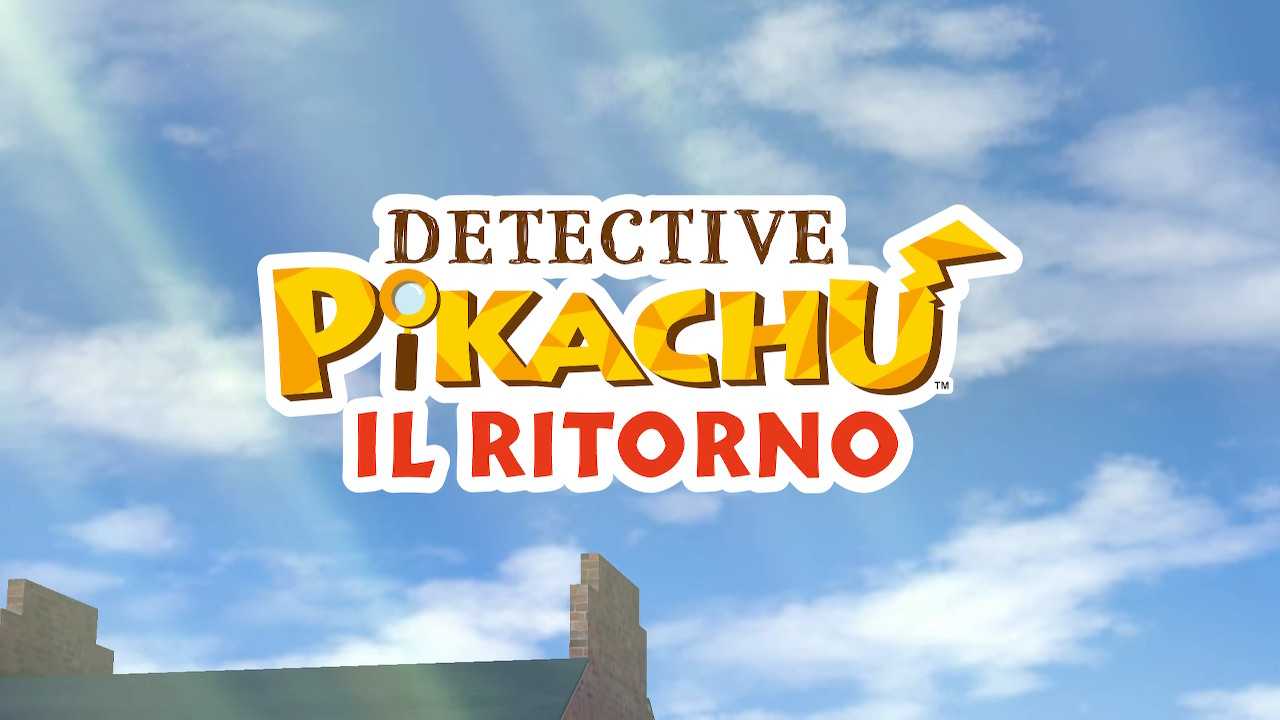





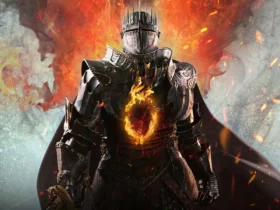
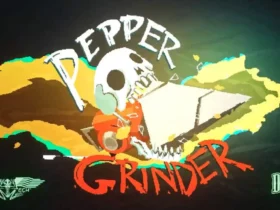
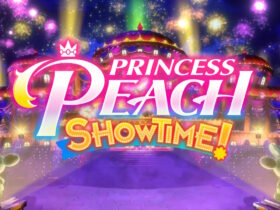
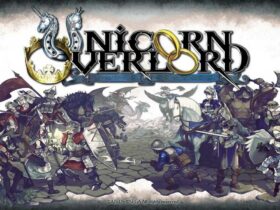
Leave a Reply
View Comments